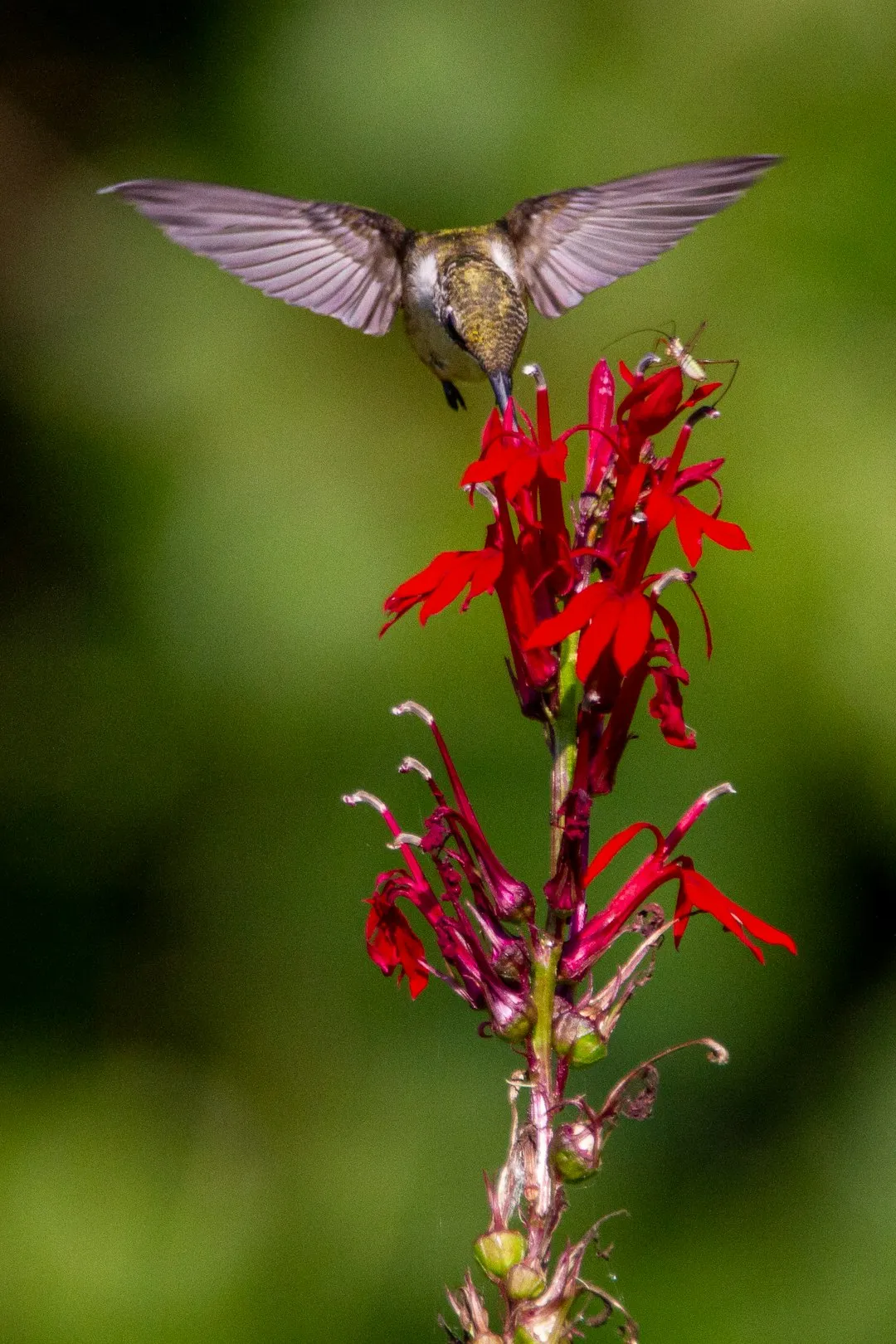The Secret Weapons for Stunning Garden Landscaping

When it comes to garden design, one of the most effective ways to enhance the overall aesthetic and organization of your outdoor space is by using edging plants. These plants not only serve a functional purpose by defining pathways and outlining planting beds but also add a touch of natural beauty and charm to your garden. In this article, we'll explore some of the top edging plants suitable for both sunny and shady spots in your landscape.
Edging Plants for Sunny Spots
1. Thyme (Thymus vulgaris)
Thyme is a versatile and aromatic herb that makes an excellent edging plant for sunny areas. It forms a low - growing, dense mat of foliage that releases a pleasant fragrance when stepped on. There are several varieties of thyme available, each with its own unique leaf color and texture. For example, creeping thyme has tiny leaves and spreads quickly, creating a carpet - like effect. It is drought - tolerant and can withstand light foot traffic, making it ideal for lining pathways. Plant thyme in well - drained soil and full sun, and it will reward you with small, delicate flowers in the summer.
2. Sedum (Sedum spp.)
Sedums are succulent plants that come in a wide range of shapes, sizes, and colors. They are well - adapted to sunny and dry conditions, making them perfect for edging in hot, sunny spots. Stonecrop sedum, for instance, has fleshy leaves and produces clusters of star - shaped flowers in late summer. Sedums require minimal maintenance and can thrive in poor soil. Their ability to store water in their leaves allows them to survive long periods of drought. You can plant sedums along the edges of flower beds to add a pop of color and texture.
3. Lavender (Lavandula angustifolia)
Lavender is a classic choice for sunny gardens. Its fragrant purple flowers and gray - green foliage create a beautiful and calming effect. As an edging plant, lavender can line the borders of your garden, providing a visual and olfactory treat. It prefers well - drained soil and full sun exposure. Regular pruning will help keep the lavender in shape and encourage more blooms. The essential oils in lavender also have insect - repellent properties, which can be an added bonus for your garden.
Edging Plants for Shady Spots
1. Hostas (Hosta spp.)
Hostas are well - known for their large, lush leaves that come in various shades of green, blue, and yellow. They are shade - loving plants that can thrive in areas where other plants might struggle. Hostas make great edging plants for shady pathways or the edges of woodland gardens. There are many different varieties of hostas, ranging from small, compact ones to large, dramatic specimens. Plant hostas in rich, moist soil and provide them with some protection from slugs and snails, which are attracted to their tender leaves.
2. Bleeding Heart (Dicentra spectabilis)
The bleeding heart is a charming perennial that adds a touch of romance to shady gardens. Its heart - shaped flowers dangle from arching stems in spring, creating a unique and eye - catching display. As an edging plant, it can line the edges of a shady flower bed, adding a soft and delicate look. Bleeding hearts prefer moist, well - drained soil and partial to full shade. They go dormant in the summer, so it's important to plan your garden layout accordingly.
3. Foamflower (Tiarella cordifolia)
Foamflower is a low - growing, spreading plant that is perfect for edging in shady areas. It has attractive, heart - shaped leaves and produces spikes of small, white or pink flowers in the spring. Foamflower forms a dense ground cover, which helps to suppress weeds. It thrives in moist, acidic soil and can tolerate some dryness once established. Plant foamflower along the edges of a shady border or under trees to add a splash of color and texture.
In conclusion, choosing the right edging plants for your garden can significantly enhance its beauty and functionality. Whether you have a sunny or shady garden, there are plenty of options available to suit your needs. By carefully selecting and arranging these plants, you can create a well - defined and visually appealing outdoor space that you'll enjoy for years to come.